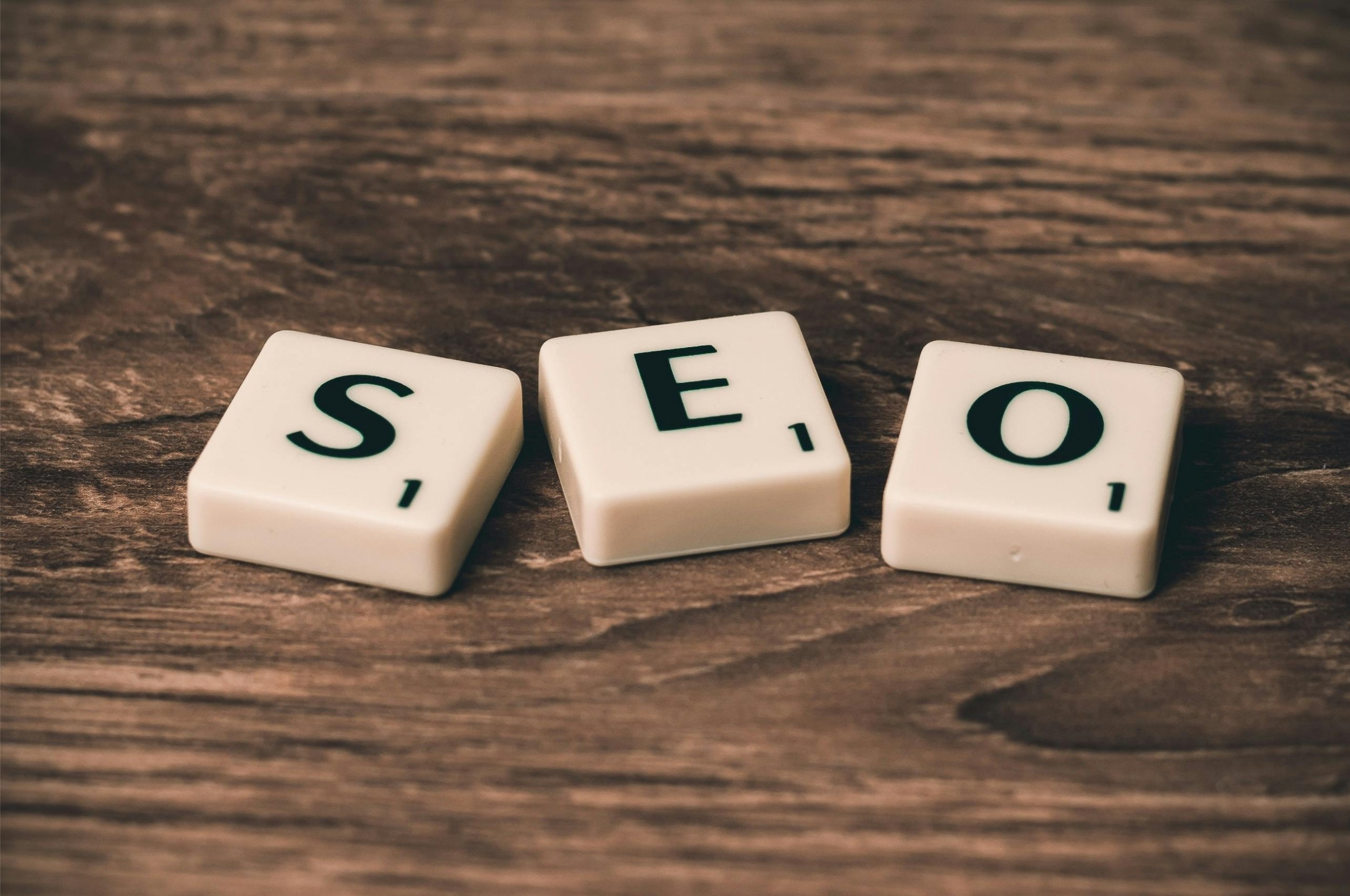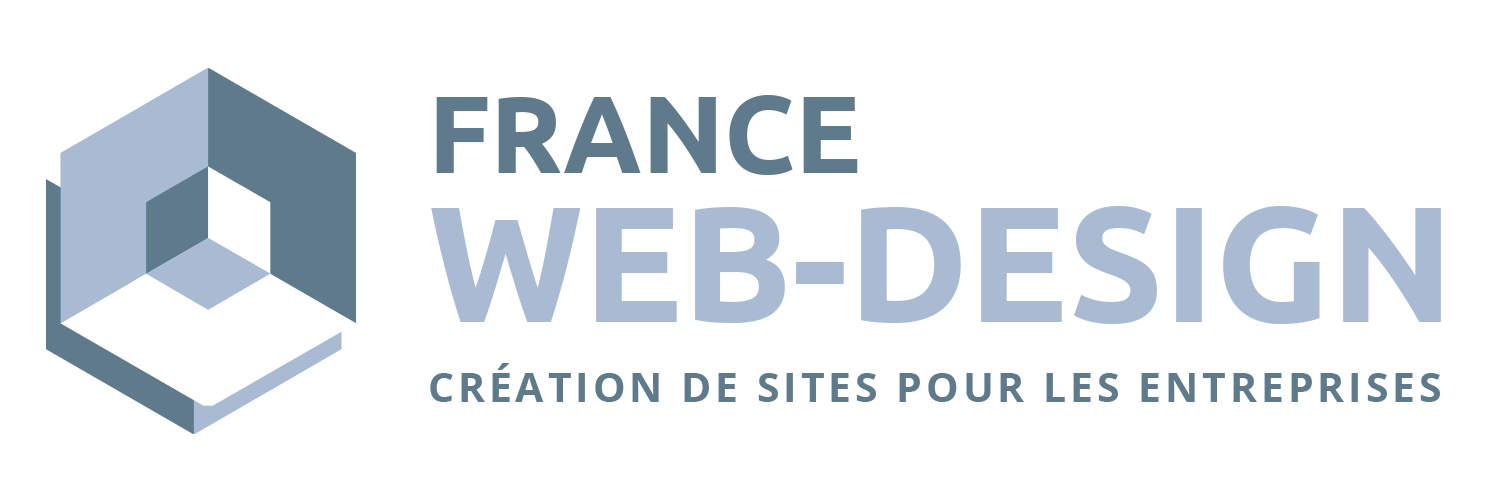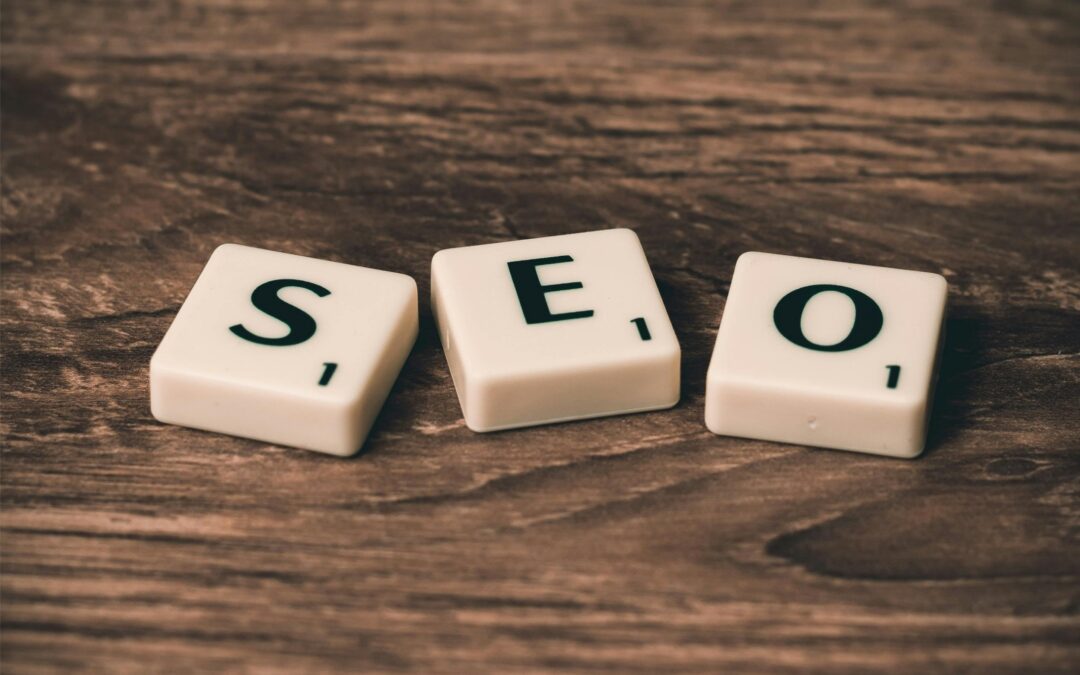Introduction to creating engaging content
Attracting visitors to your site is an achievement in itself. However, maintaining their attention and keeping them engaged is an even more difficult task. According to many digital marketing and user experience professionals, the content of your site is one of the key elements in maintaining visitor attention and engagement.
Why is this so important? Because the longer a visitor stays on your site, the more likely they are to become a loyal customer, or even an ambassador for your brand. In other words, engaging content can directly contribute to increasing your company's reach, influence and, ultimately, revenue.
So how can you create engaging content? In this guide, we'll show you several proven techniques for doing just that. We'll look at everything from understanding your audience to creating a user-friendly design and using effective calls to action. Stay with us to discover techniques for keeping visitors on your site through engaging content.
Need a website?
Ask for a free quote!
Knowing your audience inside out: the step that determines everything else
When Spotify launched its "Wrapped" campaign, the brand relied on extremely detailed knowledge of its users' listening habits. Each December, it transforms the data into a personal story that users will share on a massive scale. The lesson is clear: you can't create engaging content without first mapping the expectations, obstacles and aspirations of your target audience. To achieve this, you need to combine several sources: analytics, qualitative surveys, observations on forums and social listening tools. On Reddit, Lego carefully reads the AFOL (Adult Fans of Lego) communities, where it detects trends that then inspire its launches. By doing this, you produce content that echoes real conversations and feels 'tailor-made'. It's exactly this sense of personalisation that attracts attention, because the user feels understood and valued, a fundamental principle of the psychology of engagement.
On Reddit, Lego carefully reads the AFOL (Adult Fans of Lego) communities, where it detects trends that then inspire its launches. By doing this, you produce content that echoes real conversations and feels 'tailor-made'. It's exactly this sense of personalisation that attracts attention, because the user feels understood and valued, a fundamental principle of the psychology of engagement.
Storytelling: transforming information into a narrative to stimulate emotion
Apple was already selling computers in the 1980s, but it was Ridley Scott's famous 1984 film that etched the brand into popular culture. And why? Because the story of the hero breaking the screen embodied a promise of freedom in the face of conformity. More recently, Netflix has been multiplying the number of threads on Twitter where it "chats" with its subscribers in the first person; the platform becomes a character in its own right, humanising its service in the process. Each time, the principle is the same: activate the emotion - joy, surprise, fear of missing out - so that the reader doesn't just skim through, but actually experiences something. This emotional vibration encourages memorisation, which is why it is so important for organic referencing: content that is quoted and shared will benefit from natural backlinks that will consolidate your authority.
Exploiting the classic narrative arc
The writer Kurt Vonnegut spoke of "story shapes". In content marketing, we often borrow the "hero on a quest" archetype: the reader is the protagonist, your brand the ally, the problem its bête noire. HubSpot applied this with its guide "From 0 to 10K Subscribers. The document follows the dramatic curve: initial situation (company with no audience), trigger (need for leads), obstacles (limited budget, complex SEO), climax (A/B tests, automation) and resolution (measurable success). Results The result: an average reading time of more than six minutes - a high score for a PDF - and a continuously fed sales pipeline.
The result: an average reading time of more than six minutes - a high score for a PDF - and a continuously fed sales pipeline.
Structuring content for scannability: when form serves substance
The Nielsen Norman Group has been observing eye behaviour on screen for over twenty years: reading follows an "F" pattern. In concrete terms, the user first scrolls horizontally across the top of the page, then scans vertically down the left-hand side. So use short paragraphs, descriptive headings, bulleted lists and strategic bolding. Wired systematically applies this approach; its long-form articles sometimes exceed 4,000 words, but remain digestible thanks to meticulous segmentation. To go even further, include an anchored summary at the top of the page: Medium offers this feature and records up to 22 % additional extended sessions. The aim is not to water down the content, but to make it navigable, just as good UX design makes software more intuitive.
Enhancing the visual experience: images, typography and colours to improve retention
Stanford University has shown that multimedia content is 38 % more memorable than text alone. Unsplash, by offering free top-of-the-range photographs, has popularised the "large format hero image"; this simple visual choice reduces its bounce rate. On your own site, however, avoid the trap of excessive weight: Google penalises pages that exceed 2.5 seconds of LCP (Largest Contentful Paint). Opt for WebP format, reduce your SVGs and activate lazy loading. As for typography, Airbnb uses in-house fonts (Cereal, Airbnb Sans) to create a consistency that reassures visitors; reproduce this logic: a stable typographic hierarchy helps the brain to immediately spot what is important, and therefore to stay.
Introduce interactivity: content that is experienced rather than consumed
Zapier's calculators ("How much does a manual process cost you?") or BuzzFeed's quizzes ("What kind of procrastinator are you?") generate two to three times more shares than a static article. In 2020, the New York Times published "You Draw It", a mini-game in which readers draw their own data curve before discovering reality. The completion rate was close to 70 %, which is remarkable for a general-interest medium. Behind this success: the dopaminergic stimulation of active participation. You can integrate no-code modules (Typeform, Outgrow, Google Web Stories) that capture responses and enrich your CRM. By the way, the more the user interacts, the longer the time spent, which signals to search engines that the content is authoritative.
Provide tangible added value: expertise, exclusive data, case studies
In B2B, Gartner markets paid-for reports, but also publishes free extracts containing quantified benchmarks. These high-level micro-contents are widely shared on LinkedIn, with each slide becoming a mini-lead magnet. If your sector is less data-centric, rely on practical demonstrations: cosmetics brand Typology films laboratory crash tests, then explains the formulation in detail. Internet users can't find this kind of information on conventional beauty blogs, so the exclusive nature of the site encourages them to stay and come back. Remember also to cite your sources: outgoing links to academic publications reinforce your credibility, which plays into Google's famous E-E-A-T (Experience, Expertise, Authoritativeness, Trust). Content that exudes authority naturally encourages engagement.
Putting social proof at the heart of the narrative: visitors follow the crowd
Robert Cialdini has shown that the principle of consensus - "if others are doing it, it's the right thing to do" - boosts conversion. Booking.com has taken this to extremes, with real-time counters, "last room" badges and traveller testimonials. For a blog, the methods are varied: integrate tweets from customers, display the number of shares, quote experts. Buffer publishes the exact number of paying subscribers every year; this transparency attracts curious visitors, who stay to scrutinise the strategy. You can also use UGC (User Generated Content). GoPro built its video empire without producing the majority of its images: amateur sportsmen and women create the show. When your readers recognise themselves in the content, they stay with it longer, because they become co-authors.
Sculpting hooks and suspense: keeping curiosity alive
The writer Ernest Hemingway is said to have invented the "tip of the iceberg" technique. In web copywriting, this means a title and introduction that promise something, without giving everything away. For example, the Morning Brew newsletter begins each section with a punchline: "The Fed just did something they haven't done since 2008... . This cliffhanger encourages users to scroll down. On YouTube, MrBeast sometimes spends 1,000 $ for the first second of video, because his return on investment depends on maintaining the retention curve. On a blog, distil microobjectives: a "By the end of this article, you'll know..." box or a table of contents that makes you want to tick off each step. The more you orchestrate this quest, the more the reader will put off closing the tab.
Keeping it fresh: evergreen but up-to-date content
In 2021, Backlinko updated its Search Engine Ranking Factors study, originally published in 2016. The result: a spike in backlinks equivalent to a new launch. This strategy kills two birds with one stone: you recover the authority of an old article (already indexed, already cited) while satisfying the algorithm that favours recent information in certain SERPs. On the user side, a post that refers to dated statistics is perceived as obsolete, which undermines trust and therefore engagement. Set up a "relifting" calendar: date of last visible update, visual signal ("new version 2024"), and announcements on your networks to signal the newness. Think about seasonal content too: an article on "organising your budget at the start of the school year deserves a refresh every September, with new tax laws for example.
Measuring, testing, iterating: engagement as a scientific discipline
On the NASA blog, each article has two versions of illustration (photo or infographic). The team tests the impact on CTR via Google Optimize; some infographics triple the time spent. At your company, define your key indicators: average time, bounce rate, page views per session, scroll depth, shares, comments. Use Hotjar or Microsoft Clarity to visualise clickstreams: where the heat dies down, visitors drop out. A/B test the same paragraph with or without a testimonial, a CTA in the margin against an inline CTA. Just like a video game that regularly patches its gameplay, a lively editorial site needs to adjust its pace, tone and visuals. Data analysis is not the enemy of creativity, but its compass.
Creating a content ecosystem: going beyond the isolated page
Think of your site as an amusement park: if each attraction leads to a dead end, the visitor leaves. Wikipedia's idea of a theme park is that each page leads to ten others via internal meshing. In SEO, we talk about "topic clusters": a main pillar surrounded by satellite pages linked by contextual links and side navigation. The Semrush blog is a model: its comprehensive guides (pillar) on technical auditing are linked to shorter articles (cluster) explaining content duplication, 301 redirections, etc. The user digs in according to his or her needs. Users dig deeper according to their needs, session time climbs and Google recognises thematic authority. By way of analogy, this is the difference between a one-shot shop and a shopping mall where people stroll around for two hours.
Conclusion: when attention becomes a relationship
Retaining a visitor is not the result of a single magic trick; it's a combination of radical empathy, meticulous UX design and an obsession with added value. From audience research to narrative hooks, from interactivity to regular updates, each brick strengthens the edifice of relationships. At a time when endless scrolling dilutes concentration, offering engaging content means creating a space where web users feel that the time spent is worthwhile. It's up to you to build that space: test, tell, illustrate, surprise and optimise. When attention turns to trust, only then will your site cease to be a place to pass through and become a destination.









